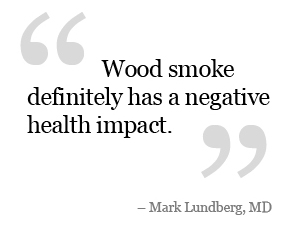Fireplaces Without the Pollution
In eco-conscious Northern California “wood-burning fireplaces are becoming obsolete.” So proclaimed the San Francisco Chronicle Homes section in a recent cover story on contemporary and cleaner alternatives to wood burning stoves and fireplaces.
These new “eco fireplaces” use clean-burning bioethanol fuel, and, according to one manufacturer, produce no ash, no soot and no smoke. The most cutting edge designs are free-standing with no chimney, pipes, vents, or even walls. There are also inserts that install easily into an existing firebox. All the heat generated by the fire stays in the room, and the flames can be enhanced with “fire objects” such as rocks and brightly colored glass cubes.
For those looking for an art piece as well as a source of heat, there are beautiful and elegant designs from a variety of manufacturers.
We heartily endorse this hot new trend in interior design. These new fireplaces produce the warmth and glow of a traditional fireplace without the negative health and environmental impacts from wood smoke.





